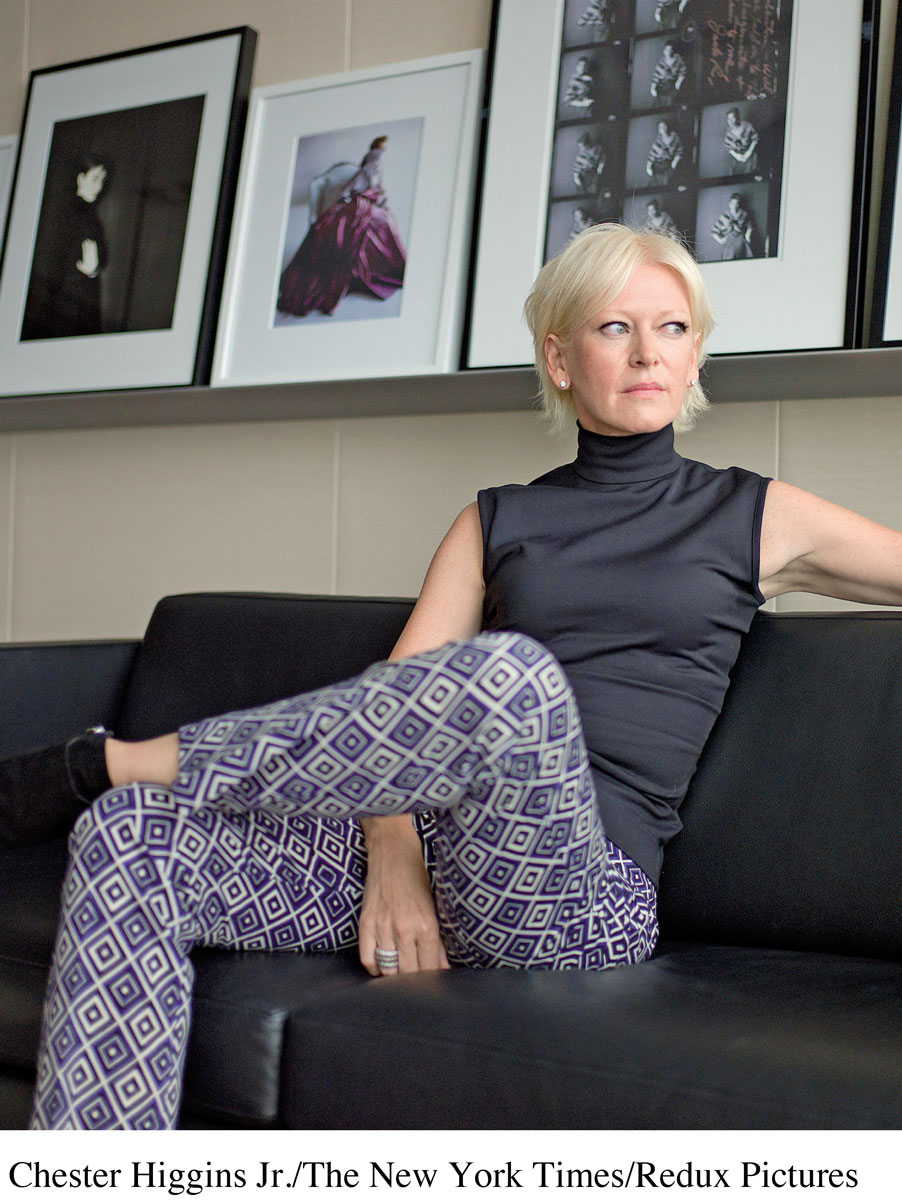Chapter Introduction
4
Magazines in the Age of Specialization

Considering that since the 1960s Cosmopolitan has been effectively marketing itself to single women ages eighteen to thirty-four, it shouldn’t be surprising that even in the digital age, the publication is one of the most popular magazines among undergraduate college women. What might be surprising is that a college student reading today’s Cosmopolitan, currently famous for revealing cover photographs and headlines like “67 New Sex Tricks,” might have a subscription to the same magazine that her great-great-great grandmother subscribed to. Of course, other than the title, these two magazines don’t have much in common.
The 1886 version of Cosmopolitan was also targeted at women—but more often married women, with articles on cooking, child care, and household decoration. When it did feature fashion, it was of the high-collared Victorian-era variety.1 The magazine struggled until it was rescued by journalist and entrepreneur John Brisben Walker, who turned it into an illustrated literary and journalistic magazine.
The magazine grew in prestige and earnings until it was sold at a profit in 1905 to competitor and powerful newspaper publisher William Randolph Hearst. The new owner turned Cosmopolitan into a muckraking magazine focused on digging up dirt against big business and corrupt politicians. Although this work didn’t boost Hearst’s political ambitions in the way that he’d hoped, it did help the magazine continue to grow and thrive. Despite this success, the magazine continued to change alongside the tastes of its readership. After 1912, Cosmopolitan returned to its literary past, featuring short stories and serialized novels largely targeted toward a female audience. This worked for a while, but by the 1960s, this format seemed dated and was losing interest among subscribers.
In 1965, the Hearst Corporation hired Helen Gurley Brown, who had recently written the best-selling book Sex and the Single Girl. Brown modeled the magazine on the book’s vision of strong, sexually liberated women. The new Cosmopolitan, following this fifth makeover, helped spark a sexual revolution and was marketed to the “Cosmo Girl”: women ages eighteen to thirty-four with an interest in love, sex, fashion, and their careers.2
Brown’s vision of Cosmo lives on in the magazine’s “fun, fearless female” slogan. Today, it’s the top-selling women’s fashion magazine—surpassing competitors like Glamour, InStyle, and Vogue. It also maintains a popular Web site and a mobile version for reading on smartphones. Cosmopolitan’s ability to reinvent itself repeatedly over the last 129 years testifies to the remarkable power of magazines as a mass medium to both adapt to and shape American society and culture.
SINCE THE 1740S, magazines have played a key role in America, becoming a national mass medium even before newspapers, which at the time were mainly local and regional in scope. Magazines provided venues for political leaders and thinkers to offer their views on the broad issues and events of the day, including public education, abolition, women’s suffrage, and the Civil War. Many leading literary figures also used magazines to gain public exposure for their essays or stories. Readers consumed the articles and fictional accounts offered in magazines, and snapped up the products and services advertised in each issue, hastening the rise of a consumer society. As consumerism grew, magazines themselves changed, with the most popular titles often focusing less on news and essays, and more on fashion, celebrities, advice, and entertainment.
Today, more than twenty thousand magazines are published in the United States annually. And just like newspapers, radio, movies, and television, these magazines—including Cosmopolitan—both reflect and create what’s going on in American life.
In this chapter, we track the shifting role of magazines in the United States by:
tracing the early history of magazines, including their highly politicized purpose in colonial and early America and their transformation into the country’s first national medium
examining turning points in the evolution of modern American magazines, such as the emergence of muckraking as a magazine-reporting style and the rise and fall of general-interest magazines
taking stock of the many types of magazines specialized for particular audiences (including men, women, sports fans, young people, and minorities)
discovering how magazines operate economically, including how they make money and what they spend money on to fulfill their mission and surmount challenges
considering how magazines today are affecting the health of our democratic society